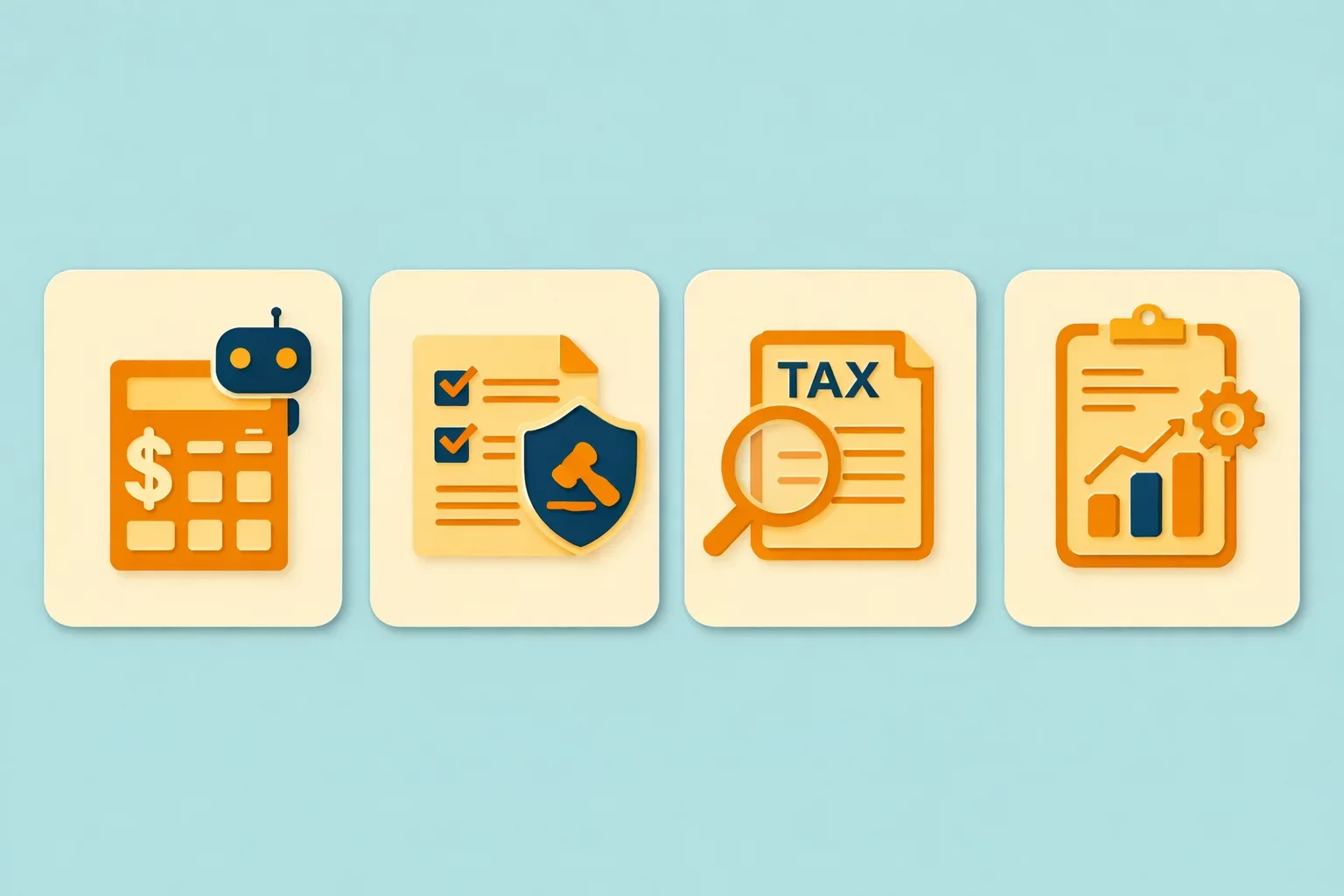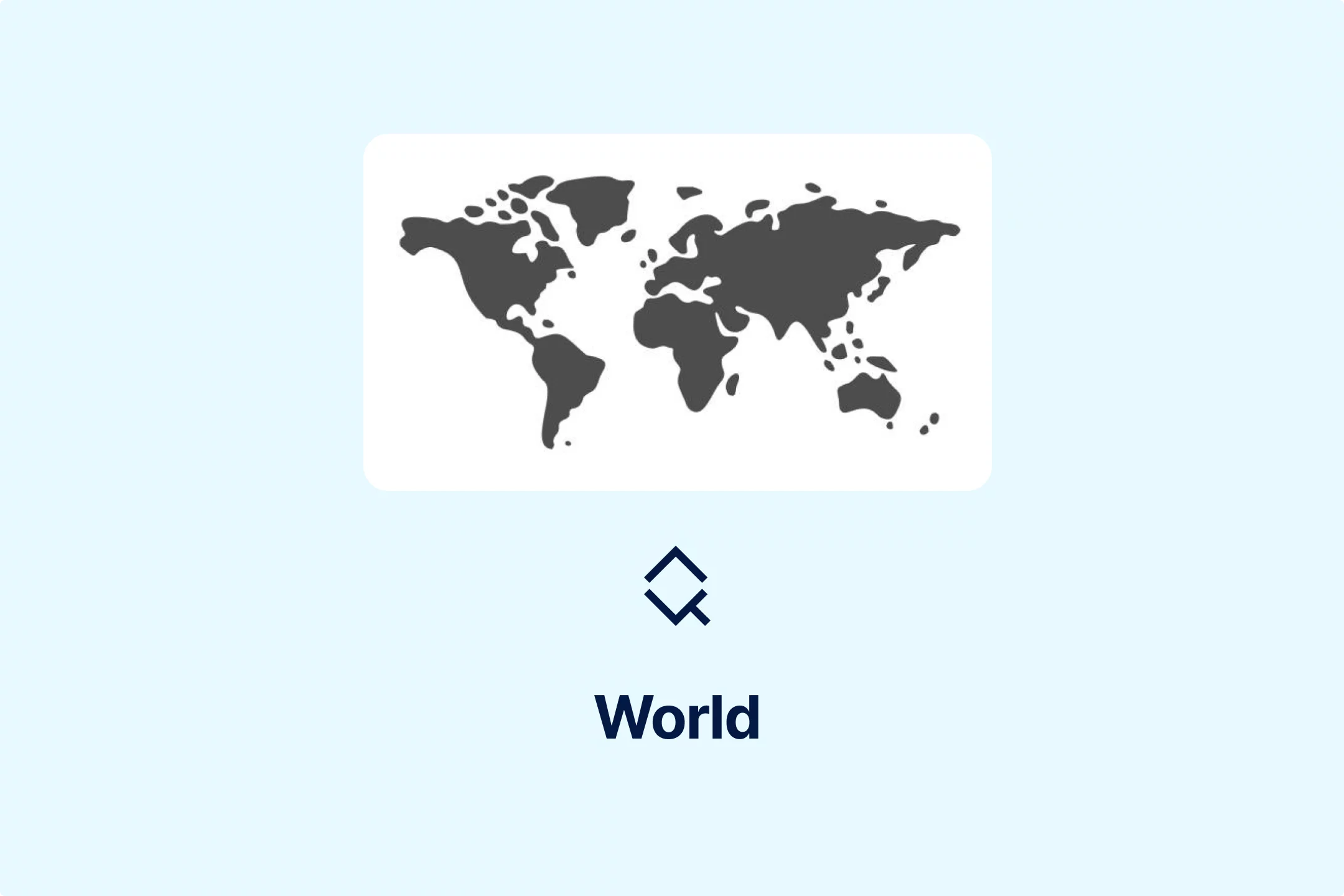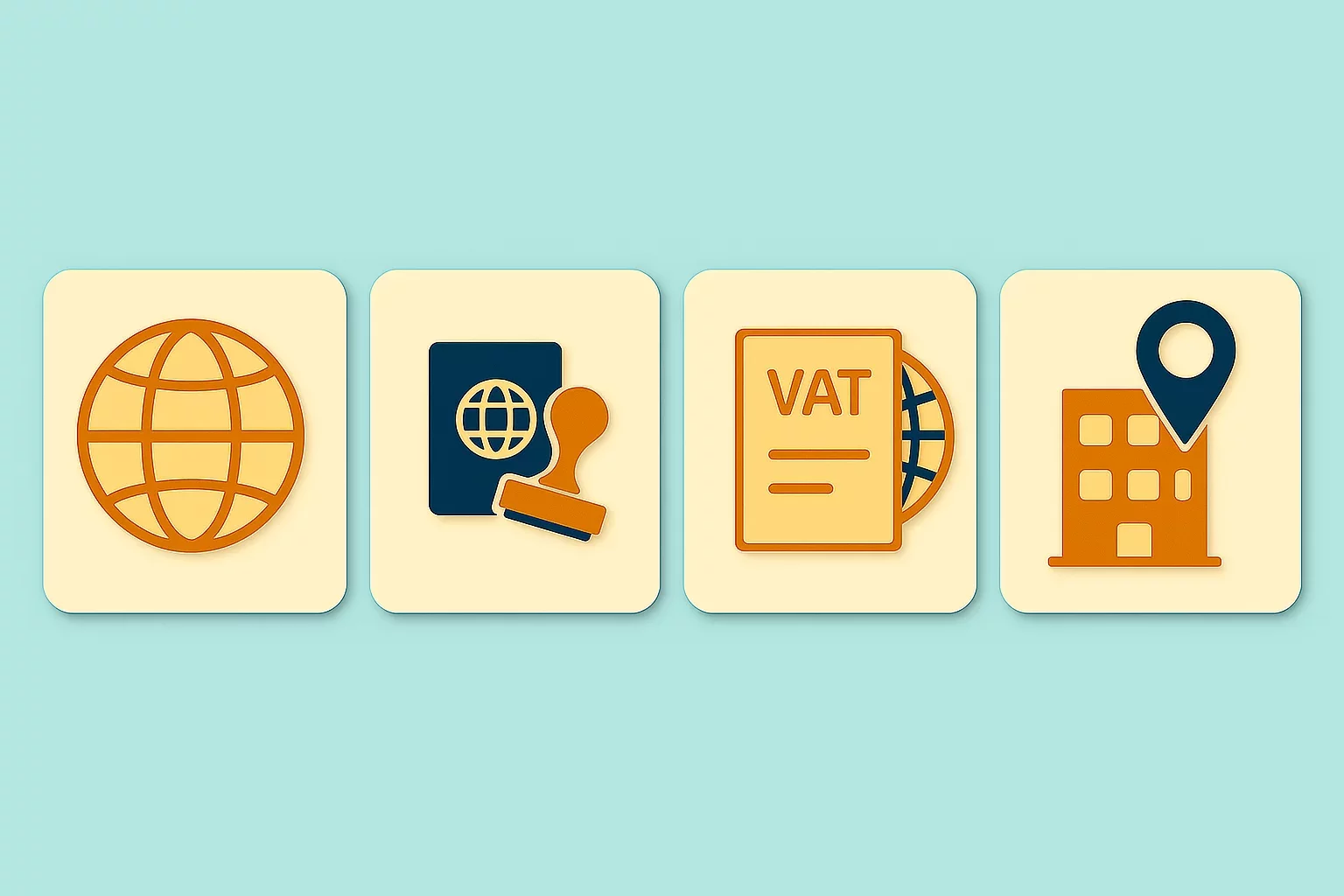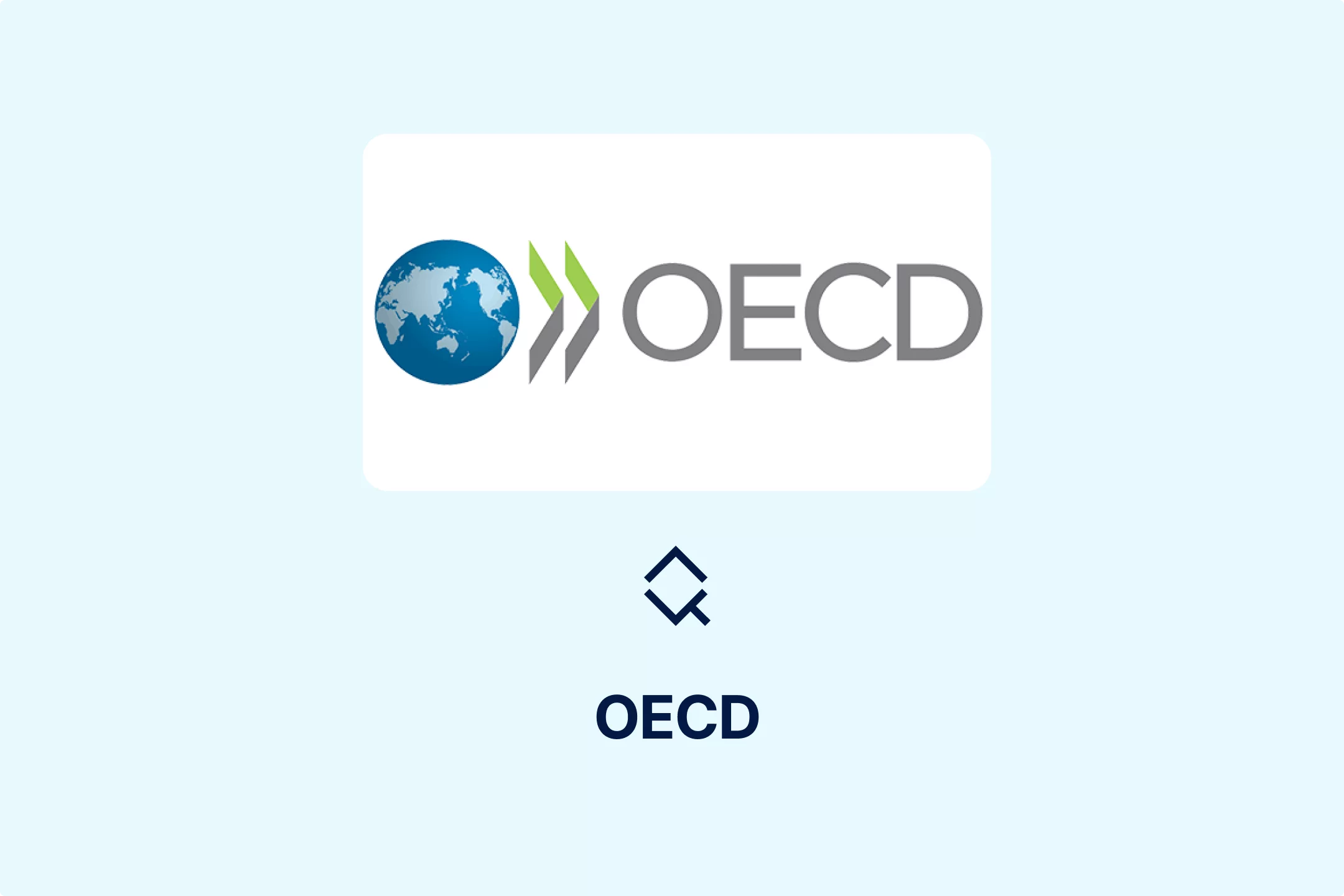Climbing the Mountain of Change: A Strategic Approach to Indirect Tax Challenges

Based on a presentation at the TBM Group 9th International Indirect Tax Summit
Summary
Indirect tax presents a "huge mountain" of challenges due to evolving regulations and complex processes.
A one-size-fits-all solution is ineffective; a strategic, tailored approach is crucial.
Key steps include defining unique business needs, building a custom roadmap, and shifting to a solution-building mindset.
Collaboration across functions and embracing third-party perspectives are vital for robust solutions.
Indirect tax changes should be viewed as opportunities to align with wider company goals, amplify benefits, and improve master data management.
Leveraging both internal resources (people, technology, time, budget) and external expertise ("Sherpas") is essential for successful navigation.
Success comes from balancing specific needs, desired goals, and available resources.
The landscape of indirect tax is constantly evolving, presenting businesses with what often feels like an insurmountable challenge – a "huge mountain" to climb. From complex regulations and system transmissions to intricate business processes, the journey can be daunting, pushing even seasoned finance directors "close to tears". But as Matt Ayton, VAT Compliance Specialist at Marosa, shared at the recent TBM Group Indirect Tax Summit, while many companies face similar struggles, the path to the summit is unique for everyone.
"We're all in the same storm, but not in the same boat," Ayton asserts, highlighting that a one-size-fits-all solution simply doesn't exist for the multifaceted challenges organizations encounter. The key lies in adopting a strategic, tailored approach, guided by careful planning and the right resources, both internal and external.
Here’s a how-to guide for strategically navigating your organization’s indirect tax challenges, turning overwhelming mandates into opportunities for growth and efficiency.
1. Define Your Unique Mountain: Understanding Your Specific Needs
Before you can climb, you must first understand the terrain. The first step in managing indirect tax changes is to get specific about your business's actual challenge. This goes beyond general legislative timetables and requires a deep dive into the nuances of your operations.
• Contextualize the Impact: How precisely do new regulations impact your business? Are we talking about data flowing from customer to supplier, or to tax authorities? What models are you working with, and what is the proportion of impacted transactions?
• Drill Down into Details: Identify specific data requirements, consistencies, and needs on a country or jurisdiction basis. For example, a paper company initially overwhelmed by e-invoicing legislation found that their non-established VAT numbers in most impacted countries significantly altered the demands, shrinking their "huge mountain" of anxiety.
• Assess the True Scale: Understanding these specific details is crucial to grasp the actual size and scale of the challenge for your organization. This clarity is the foundation upon which your strategy will be built.
2. Build Your Custom Roadmap: Charting Your Path to Compliance
While there are general roadmaps for legislative introductions, each company needs its own unique roadmap. This personalized plan is essential for navigating the complexities effectively and communicating the project’s scope internally.
• Consider Company-Specific Factors: Factors like your turnover in a particular country or your non-resident status can significantly alter the impact of legislation. Incorporate these details into your roadmap.
• Articulate Project Scope: This roadmap becomes a vital tool for communicating and articulating the project's size and scale within your organization.
• Prioritize Immediate Needs: Recognize that sometimes the immediate "need to meet the deadline" must take precedence over broader optimizations. Your roadmap should reflect these priorities, even if it means initially opting for "low-fi solutions" to ensure compliance.
3. Shift from Problem-Solving to Solution-Building: Envisioning the Future
Instead of merely reacting to problems, adopt a solution-building mindset. This approach helps you explore what’s possible beyond just meeting compliance requirements, encouraging a broader, more impactful perspective.
• Beyond Compliance: Move past simply aiming for "compliance." Ask detailed questions: "How do we want to use the data? What data would be useful? How do we know it's being used properly?"
• Detailed Descriptions of Outcomes: Develop detailed descriptions of your desired outcomes. The more detail, the better the final result. This helps create a clearer picture of what you're trying to achieve.
• Envision Broader Goals: Think about how new requirements can align with wider company goals like AI targets, enhanced visibility, and standardization.
4. Foster Comprehensive Collaboration & Embrace Third-Party Views
Collaboration is not an absence of leadership; it’s a pathway to better outcomes. Engaging diverse perspectives ensures that all impacted areas are considered, leading to more robust solutions.
• Internal Collaboration is Fundamental: Ensure collaboration across all functions. Get input from everyone impacted, as assumptions can lead to incorrect solutions. The best outcomes arise when everyone's input is considered.
• Embrace a "Third-Party View": Step back from internal pressures and deadlines by asking what external parties – such as your CFO, vendors, or customers – would consider a good outcome. This perspective can offer a powerful, different picture of the project and its ultimate success.
5. Align with Wider Company Goals and Amplify Benefits
Don't just view indirect tax changes as a burden; see them as an opportunity to drive wider company goals and amplify benefits.
• Strategic Alignment: Expand the discussion beyond compliance to align with broader finance and company goals. For example, could better data management from e-invoicing feed into AI initiatives or enhance overall financial visibility?
• Amplify Efficiency and Speed: Automation in e-invoicing, for instance, naturally leads to increased speed, reduced resource allocation, and greater efficiencies. Articulate these savings clearly.
• The "Data Washing Machine" Opportunity: These new implementations often act as a "data washing machine," forcing a review and cleaning of data. This presents a significant, often overlooked, opportunity to improve master data management within your organization – a long-standing challenge for many. Even if the immediate focus must be compliance, keep this long-term benefit in mind.
6. Strategically Leverage Diverse Resources: Your Internal Team and External "Sherpas"
Successfully navigating complex change requires a shrewd assessment and deployment of all available resources – people, technology, time, and budget.
• Internal Resources:
◦ People and Skills: Identify key individuals, especially those known for "getting stuff done". Understand their current roles and existing skills relevant to the project.
◦ Technology and Processes: Acknowledge existing technological limitations (e.g., multiple ERP systems) and build these into your project scope. Explore leveraging existing internal technologies, even non-tax-specific ones, for tasks like data interrogation to achieve better outcomes.
◦ Time and Budget: These are fundamental; allocate them carefully, understanding that sometimes "low-fi solutions" are the best way to meet urgent deadlines, particularly during ERP upgrades or other transitions.
• External Resources – Your Sherpas: Just as Junko Tabei, the first woman to climb Everest, relied on Sherpas, organizations can benefit immensely from external expertise.
◦ Service Providers/Technology Companies: Companies like Marosa specialize in understanding complex regulations, how they are applied, and how they integrate with technology to ensure efficient data flow and compliance. They act as your "Sherpas," guiding you up the "mountain of change" by identifying the best routes and outcomes for your business.
◦ They can bridge the gap between complex legal requirements and intricate business processes, providing the expertise to connect new legislations with your specific operational realities.
Finding Your Balance for Success
Ultimately, the most effective solution emerges from finding a balance between your organization's specific needs, your desired goals, and the resources available – both internal capabilities and external expertise. By meticulously defining your unique challenge, building a tailored roadmap, fostering widespread collaboration, envisioning proactive solutions, amplifying benefits, and leveraging all available resources, you can not only climb the mountain of indirect tax change but also emerge stronger and more efficient.

Featured Insights

Angola’s E-Invoicing Mandate: Phased Implementation Continues Into 2026
🕝 December 10, 2025
VAT Deduction and Business Succession: When Do Advisory Costs Serve the Company’s Interest?
🕝 December 8, 2025
Europe’s Plastic Fiscal Shift: Why Italy’s Plastic Tax Now Starts in 2027
🕝 December 3, 2025
The Decline of Low-Value Import Exemptions: Closing Gaps in Cross-Border E-Commerce
🕝 November 20, 2025More News from World
Get real-time updates and developments from around the world, keeping you informed and prepared.
-e9lcpxl5nq.webp)






















-7xdqdopxl6.webp)



-a9bz8kz2cs.webp)































